Menu
Patrick CARTEYRON listens to the soil he works, it is his DNA. At La Fleur Penin he encounteredsandy clay soil, old vines and a landscape heritage. Superb potential to express its interpretation of the original finesse and elegance of Saint-Emilion wines through its know-how, both traditional and modern. The challenge could only seduce him.
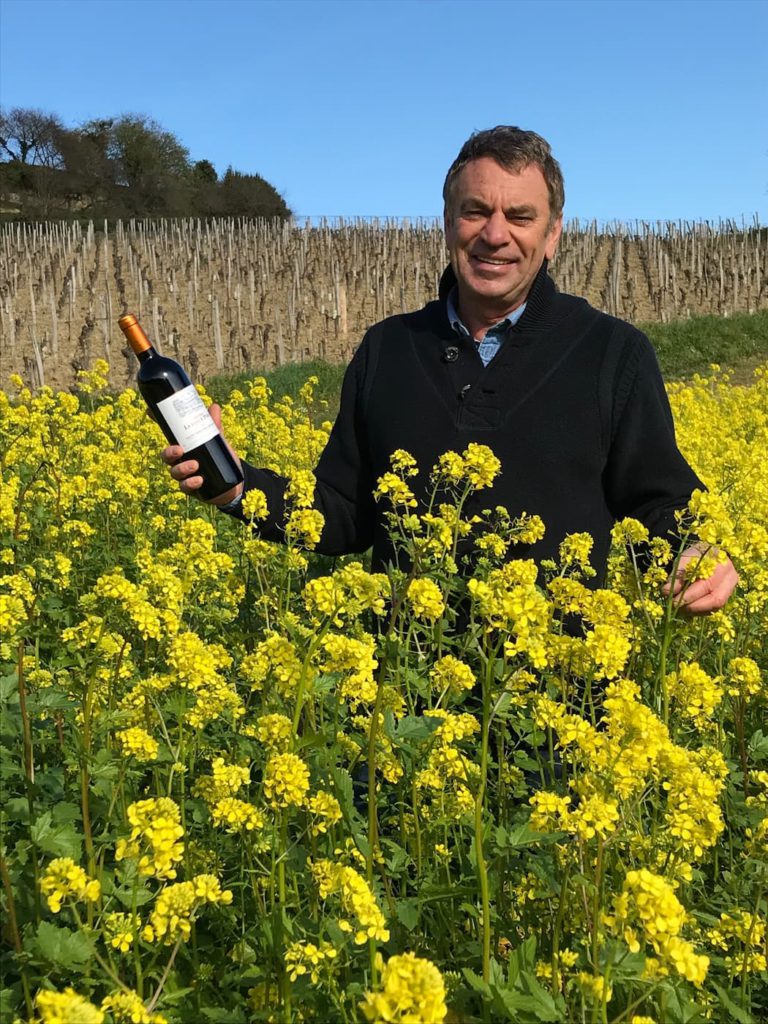
Since the acquisition of the estate, the preservation of natural balances has been the driving force behind any action on the vineyard.
The success of a great Red Wine depends on the decision of the harvest date.
It’s the magic hour when it all comes down to it. At the end of a year of work, care and breathing, the vine is finally ready to give its best.
Cet instant T où les baies sont à maturité optimale se mesure à la vue et au toucher, en écrasant puis en dégustant les graines.
It is essential to assess the point of balance between, on the one hand, sugar and acidity and, on the other hand, color and tannin. The grapes are thus picked, destemmed, sorted, and put into vats by grape variety.
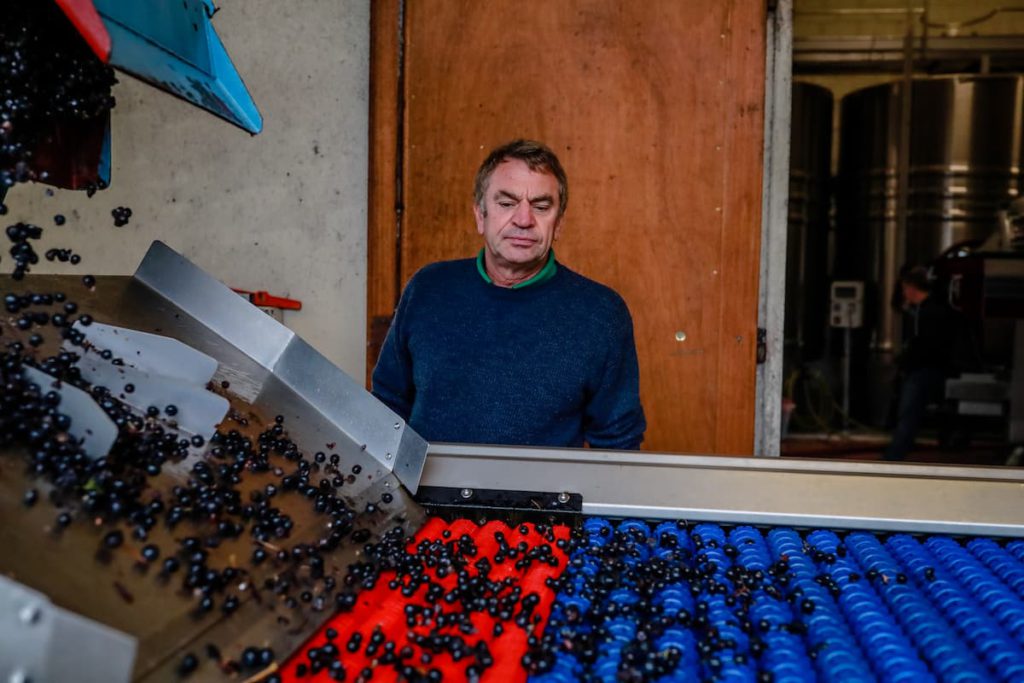
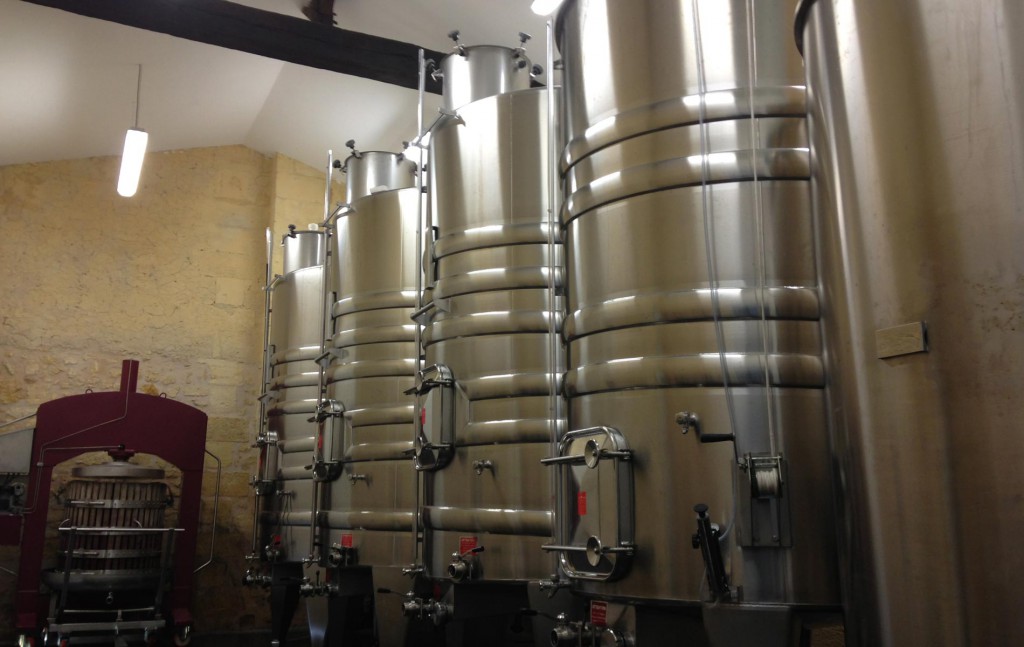
A cold pre-fermentation maceration extracts all the finesse of the tannins.
Thanks to a daily tasting of the fermentation musts the actions to be carried out, method of extraction, punching down, pumping over, shedding are determined.
This stage can last from 20 to 30 days depending on the potential of the grapes. Then place the malolactic fermentation.
The entire cuvée is aged on fine lees. The breeding takes place:
The length of aging is chosen according to the vintage and the grape variety.
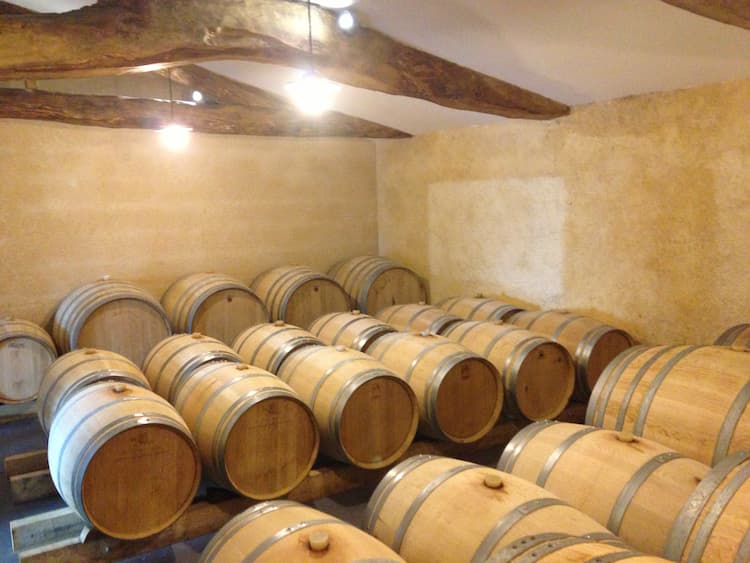
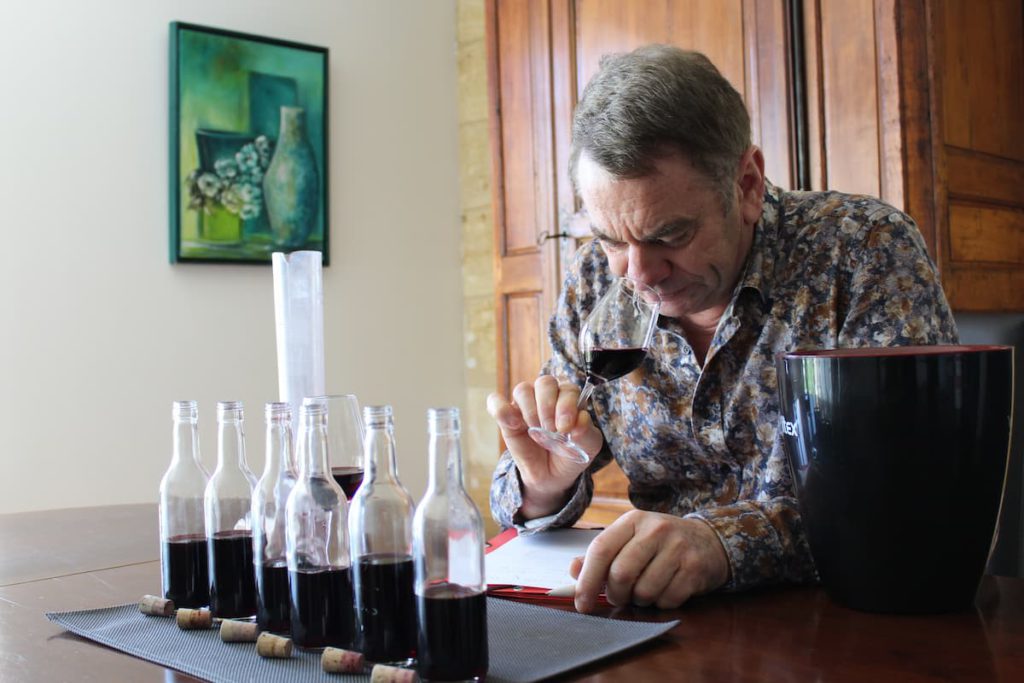
At the end of the aging the precision of the blend, between barrels and grape varieties, is decisive in restoring the silky character, structure and persistence on the palate typical of the terroir.
SAINT ÉMILION GRAND CRU